When seeking to improve safety, it is often rewarding to examine routine tasks. The seemingly predictable, uneventful daily chores are the ones where attention might slip and even habitual safety protocols can break down. The battery room is filled with these sorts of tasks, and it’s a place where the penalties for cutting corners are severe. Battery changing involves moving massive weights and the risk of releasing explosive gas, while battery watering can expose eyes and skin to acid.
But, according to Brian Crummy, western regional sales manager for Philadelphia Scientific, simple technologies and practices can eliminate or substantially reduce many of the battery room’s inherent risks.
“Most people really underestimate the expertise it takes to run a battery room efficiently and safely, and with these tools, they can greatly reduce risk by doing the job the right way,” Crummy says. He emphasizes that supervision is an excellent first step to improved safety. “Have one maintenance person in the battery room, an expert who understands what they’re doing,” he says.
Crummy estimates that, nine times out of 10, fleets of 100+ lift trucks and 200+ batteries will have already stationed a dedicated employee in the battery room. Fleets of 15, on the other hand, might have more difficulty justifying such a position and leave it to operators to change their own batteries.
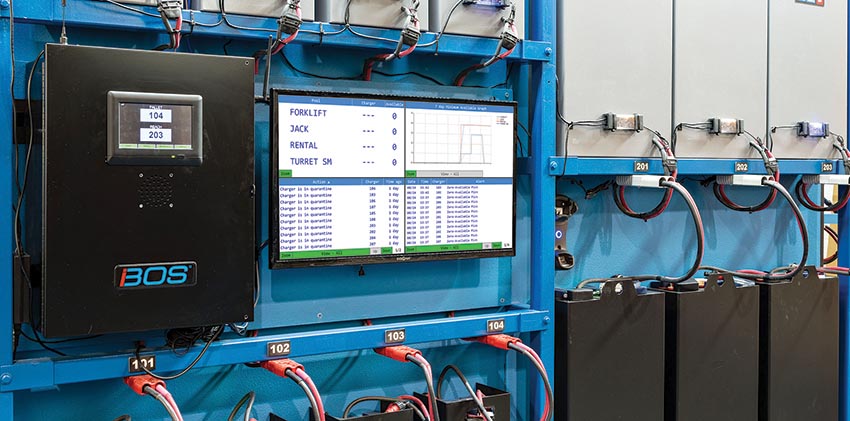
“Someone who does it once a day or five times a day,” Crummy notes, “will not have the expertise of someone who does 50 a day.”
To help level the playing field, battery management solutions can present only fully charged, fully cooled batteries to whoever is changing them. In addition to better run times and productivity, this eliminates the possibility that a battery could be removed mid-charge, which can produce an electric arc that could ignite the explosive gas batteries give off. More importantly, Crummy says, such a system will reduce exposure to the unavoidable risks in the battery room.
“Because they extend run times, battery management systems reduce the number of battery changes by 20%, which is important,” he says. “You’re moving 3,500 to 5,000 pounds, and whether you use a gantry crane, man-aboard extractor or automatic battery puller, there’s no risk-proof way of changing.”
Crummy estimates about half of warehouses and DCs still water batteries by hand. As an alternative, single-point watering systems eliminate the need for operators to manually open battery cells and peer inside, removing the potential for battery acid spills. These systems fill batteries with water precisely and automatically to prevent boil-over. By enabling efficient watering and battery changing, battery management technologies ramp up safety as well as productivity.
“When you simplify these tasks, reduce battery changes and make more batteries available,” Crummy says, “you stop that traffic jam in the battery room.”
View Batteries Products and Accessories
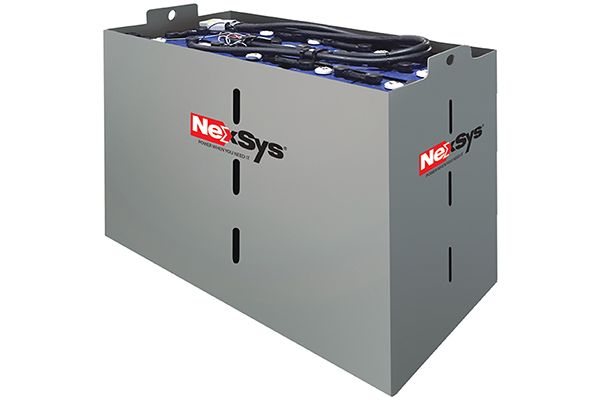 NexSys line of batteries
NexSys line of batteries
Fast charge batteries in less than an hour.
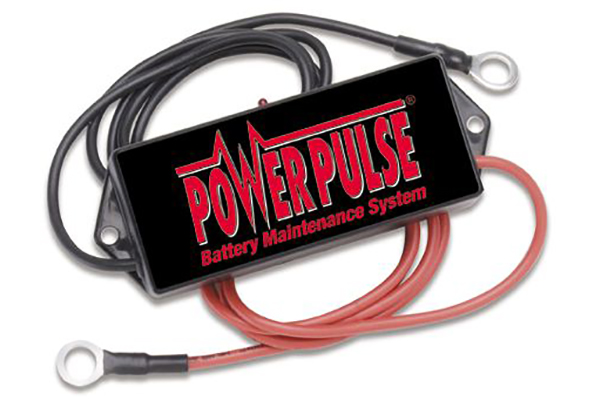 PowerPulse battery maintenance system
PowerPulse battery maintenance system
Maximize single, multiple battery charging.
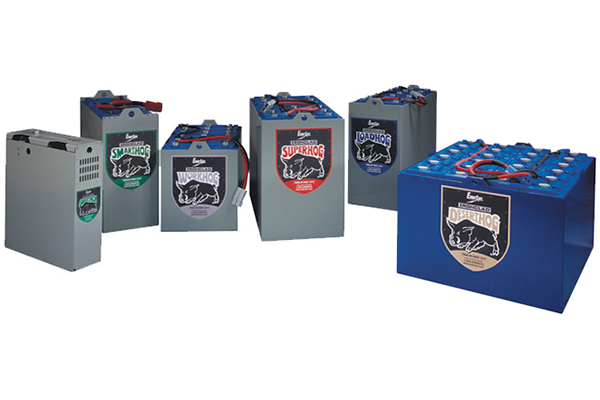 Ironclad family of batteries
Ironclad family of batteries
Batteries used for different applications.
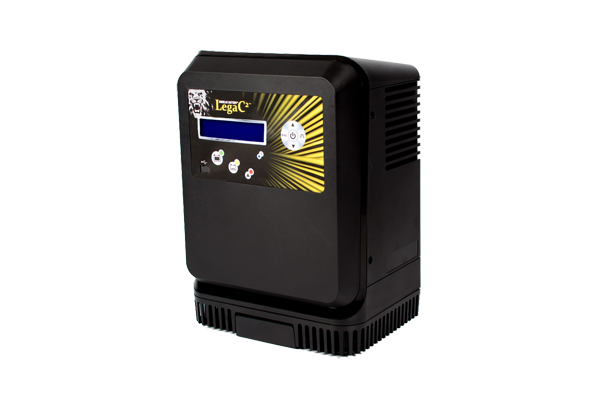 LegaC2 Modular Chargers
LegaC2 Modular Chargers
Chargers feature compact designs.
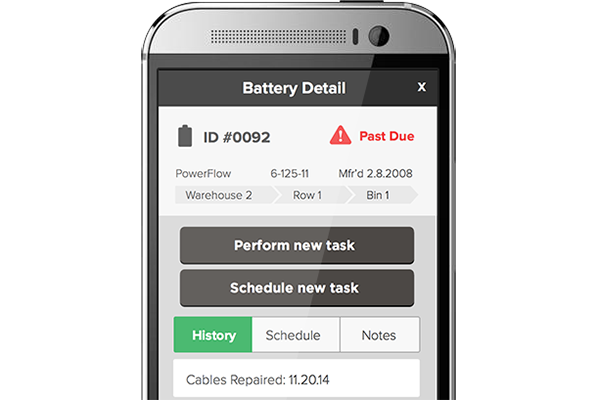 Battery Steward app
Battery Steward app
Track battery maintenance with app.
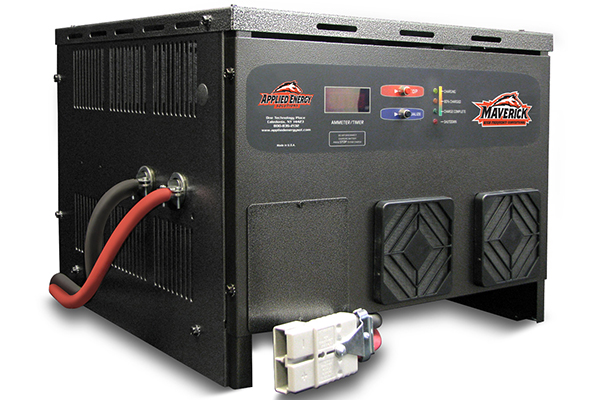 Maverick battery charger
Maverick battery charger
High frequency battery charger.
Article topics








